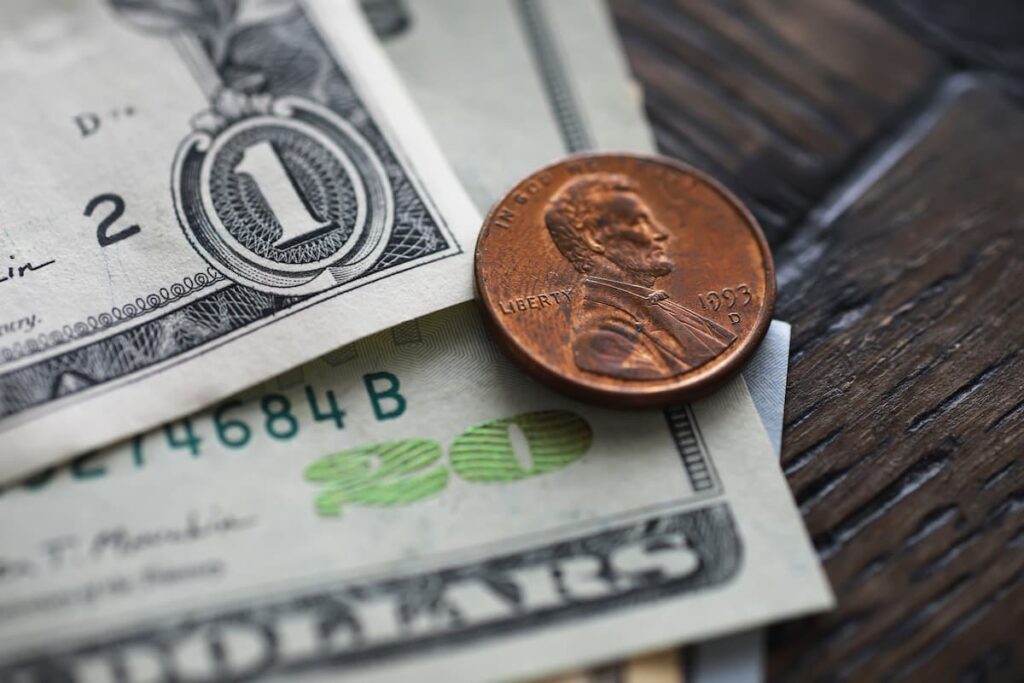The United States Treasury has officially announced it will phase out the production of the one-cent coin, marking a significant shift in the country’s currency system. The decision, aimed at cutting costs and reducing waste, follows years of debate over the penny’s practicality in modern commerce.
Final Order Placed, Mint to Cease Production
In a statement released Thursday, the Treasury confirmed that it placed its final order of penny blanks this month. The US Mint will continue producing pennies only while current supplies of blanks last. Once exhausted, no new one-cent coins will enter circulation.
Americans can still use existing pennies, but the halt in new production means businesses conducting cash transactions will begin rounding prices to the nearest nickel. While the policy change may seem minor to the average consumer, it’s expected to generate $56 million in immediate annual savings for taxpayers.
President Donald Trump, who first hinted at the move in February, cited the coin’s inefficiency. “For far too long, the United States has minted pennies which literally cost us more than 2 cents,” he said. “Let’s rip the waste out of our great nation’s budget, even if it’s a penny at a time.”
Pennies Cost Triple Their Value to Produce
In fact, the cost is higher than Trump indicated. According to recent government data, each penny costs more than three cents to produce. This includes the materials, labor, and administrative expenses involved in manufacturing and distributing the coin.
The US Mint produced 3.2 billion pennies in 2024 alone, down from 4.1 billion in 2023 and 5.4 billion in 2022. Despite efforts to reduce output, pennies remain the most minted coin in the country due to their limited lifespan in circulation—many end up in jars, drawers, or abandoned on the ground.
Although the decision marks the end of the penny, the Treasury did not comment on the future of the nickel, which is even more costly to produce. Each nickel costs nearly 14 cents, comprising 11 cents in manufacturing costs and 2.8 cents in administrative expenses.
Ripple Effects on Cash Transactions
The removal of the penny is expected to impact everyday transactions. Convenience stores, which often prioritize efficiency at checkout, have expressed support for the change. Jeff Lenard, spokesperson for the National Association of Convenience Stores, noted that even shaving off a few seconds per cash transaction improves service speed. “Convenience stores sell a lot of products, but what they really sell is speed of service,” he said.
Without pennies, businesses will begin rounding cash totals to the nearest five cents. While digital and card payments will remain unaffected, this change could gradually push more consumers and retailers toward cashless transactions.
The United States is not the first to eliminate its lowest denomination coin. Canada stopped minting its penny in 2012 and fully removed it from circulation by 2013, with minimal disruption.
Mixed Reactions and Long-Term Considerations
Not everyone is convinced the penny should disappear. Mark Weller, executive director of Americans for Common Cents—a group funded by Artazn, the supplier of penny blanks—warned that eliminating pennies may require an increase in nickel production, potentially offsetting any cost savings. “In most countries, the lowest denomination coin is the most minted coin,” Weller said.
If the Mint has to produce up to 2.5 billion nickels annually to meet demand, the government could lose more than $78 million—surpassing the savings from halting penny production.
Still, the symbolic shift carries weight. Harvard economist Gregory Mankiw noted, “When people start leaving a monetary unit at the cash register for the next customer, the unit is too small to be useful.”
With the penny on its way out, the United States joins other nations in modernizing its currency system. Whether this will lead to broader changes in coinage or spur more digital transactions remains to be seen, but for now, Americans may soon say goodbye to Lincoln’s copper coin.


